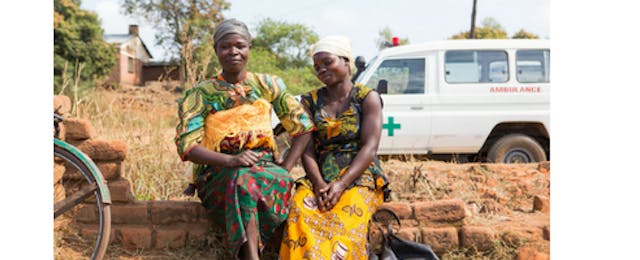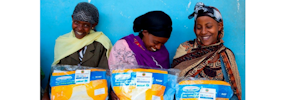

This year at the United Nations General Assembly (UNGA), thought leaders and influencers will be talking about how to make all of the Sustainable Development Goals (SDGs) or “global goals” achievable. This includes everything from sustainable cities and clean energy to quality education and gender equality. One of the special things about the SDGs is that they all intersect – working toward good health and well-being for all is inherently connected to reducing poverty and growing economies.
This summer, I joined one our longest-standing partners, Junior Chamber International (JCI), for their annual Global Partnerships Summit in New York City to discuss how Nothing But Nets’ work on malaria (and SDG #3) touches the issue of gender equality.
You may wonder what gender equality has to do with malaria – though not always obvious at first, the overlaps are significant. Malaria is related to gender equality in a number of ways:
There are many reasons why we should take action to end malaria, but the inter-connections of the SDGs is one of the most compelling. Ending malaria would help alleviate household poverty, bring greater economic productivity and growth to both families and countries overall, and contribute to better gender equity. Removing malaria from the equation removes a handful of other barriers that women across the world face, like missing school and work, riskier pregnancies, and cost of accessing medical services.

With partners like JCI, we’ll be able to continue moving the needle on this issue until it is pointing to zero malaria transmissions. We’ve made great strides in recent years: today, approximately 53% of the population in sub-Saharan Africa is protected by bed nets, compared to just 2% in 2000. But that still isn’t good enough! That means that 47% of the population is still at risk – and millions of girls, women, and families shouldn’t have to worry about malaria.
As we focus on all the global goals during UNGA, we want to challenge ourselves, within the United Nations Foundation, and also our partners and supporters (you!) to think about how the issues we care deeply about connect to other important issues.
The work that you’re doing to prevent malaria can give young girls (and boys!) the opportunity to stay in school, get a good education, and then grow up to be scientists who work to alleviate climate change, or doctors that provide care for those in need. And that’s an amazing thing.